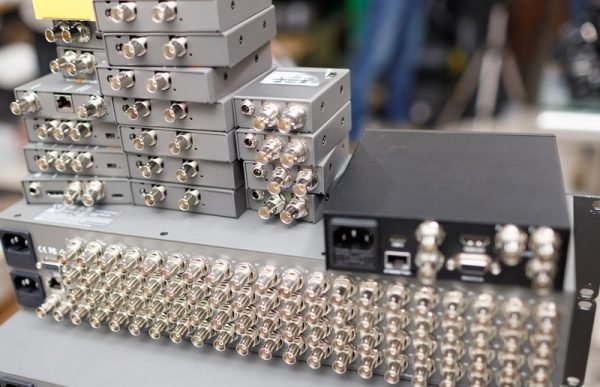
Arelion, Cisco trial ULH 400G pluggables
- By aya
Last updated on January 3rd, 2025
Introduction
Arelion, a global leader in high-performance internet infrastructure, has partnered with Cisco, a renowned networking technology giant. Together, they are trialing the latest Ultra-Low Latency (ULH) 400G pluggable optics. This collaboration aims to revolutionize high-speed data transmission for carriers, enterprises, and cloud service providers, offering scalable and efficient solutions for growing data traffic. As data-heavy applications like 5G, IoT, and artificial intelligence grow, these cutting-edge optics will play a key role in the evolution of global communications.
The demand for faster internet speeds and better network performance continues to rise. Testing new technologies like ULH 400G pluggables ensures networks can keep up with growing data volumes while maintaining low latency and high reliability. This is crucial as the world becomes more digitally connected and dependent on real-time services.
What Are ULH 400G Pluggables?
ULH 400G pluggables represent the next generation of high-speed optical modules. Designed to transmit vast amounts of data over long distances with minimal latency, they operate at 400 gigabits per second (Gbps), offering superior performance for data centers and intercontinental networks. These pluggables are crucial for internet infrastructure, supporting high-capacity, low-latency links necessary for global communications.
Their plug-and-play design simplifies upgrades, allowing network providers to scale without overhauling existing systems. The 400G specification offers four times the data capacity of 100G or 200G optics, enabling faster speeds and greater efficiency in data transfer.
The Arelion-Cisco Collaboration
Arelion and Cisco are testing the latest 400G pluggable optics in real-world scenarios. Cisco brings cutting-edge networking equipment, while Arelion offers global internet infrastructure with its extensive backbone network. Together, they aim to evaluate the pluggables’ performance under varying traffic loads. This collaboration also assesses how 400G pluggables integrate with existing network infrastructure, ensuring compatibility with a wide range of equipment.
The trial will provide valuable insights for refining the technology and developing solutions that can be quickly deployed in large-scale networks to meet growing connectivity demands.
Key Benefits of ULH 400G Pluggables
-
Increased Speed and Capacity
With a 400G capacity, these pluggables allow networks to handle growing data demands. They enable faster data transfer, crucial for cloud computing, data analytics, and video streaming. This increased speed unlocks new services that were previously impossible due to bandwidth limitations. -
Ultra-Low Latency
ULH optics minimize latency, critical for time-sensitive applications like high-frequency trading, online gaming, and video conferencing. Reducing delay enhances performance and reliability in sectors where every millisecond matters, such as finance and real-time communications. -
Energy Efficiency
ULH 400G pluggables offer high performance while consuming less power than traditional optics. This energy efficiency reduces data centers’ carbon footprint and operational costs, supporting sustainability goals. -
Scalability and Flexibility
These pluggables are easy to install and upgrade, allowing network operators to scale infrastructure without major disruptions. The plug-and-play feature ensures networks remain adaptable, future-proofing them for new technologies and customer demands.
Implications for the Future of Networking
Deploying ULH 400G pluggables will likely set a new standard for network operators, especially those managing long-distance interconnections. As networks evolve to support 5G, autonomous vehicles, and bandwidth-heavy technologies, the ability to handle vast amounts of data with ultra-low latency will become increasingly important.
This collaboration also highlights the ongoing transformation in the telecommunications industry. By integrating 400G technology, Arelion and Cisco are shaping the future of global connectivity, enabling critical services like autonomous driving, remote healthcare, and industrial IoT.
Conclusion
Arelion and Cisco’s trial of ULH 400G pluggables marks a significant step toward high-performance networking. With rising demands for faster data transmission, these advanced optics offer solutions for modern telecommunications challenges. The trial’s success could pave the way for widespread adoption, meeting the growing need for high-speed, low-latency connections.
As the world becomes more connected, innovations like ULH 400G pluggables are essential to ensuring networks remain robust, scalable, and prepared for the next generation of technology. These optics will play a key role in industries ranging from entertainment and communications to autonomous technologies and healthcare.
